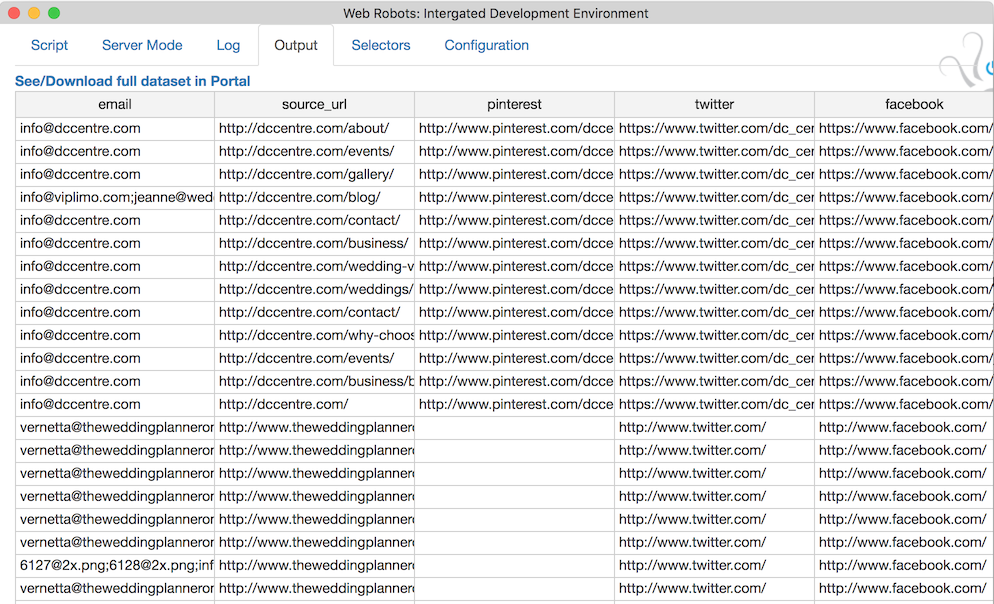Analysis of different web scraping approaches, best practices and challenges. Overview of Web Robots scraper features.
New Functions Added
Web Robots scraping framework documentation has been updated with new functions:
- blockImages() – changes browser settings regarding image downloading. This function is useful in scenarios when bandwidth is a concern. Sometimes it results in faster crawling speeds.
- allowImages() – reverses browser settings changes made by blockImages().
- closeSocket() – closes all idle socket connections in browser.
Web Robots have been using these functions on the internal platform for over 6 months and they proved to be great help in some scenarios. Now they are available in our public extension.

